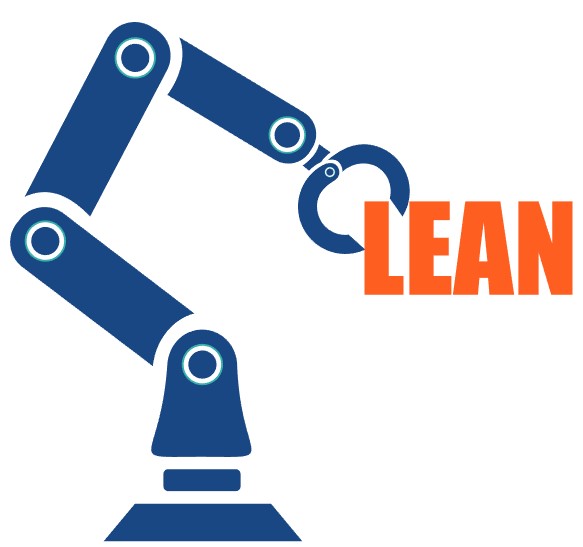How IOT is impacting manufacturing
Today the way information is shared across manufacturing organizations and between individuals is dramatically different than a decade ago. People expect to have real-time information available where and when they need it on a variety of devices. This evolution has been fueled by the internet and the devices that are connecting to it. Various market research studies estimate by 2025 more than 75B devices (machines, sensors, etc.) will be connected to the cloud. This explosion of networked devices is commonly referred to as the Internet of Things (IoT).
It should come as no suprise that IoT is transforming the manufacturing industry. According to PwC, 35% of manufacturers already use smart sensors, 10% plan to implement them within a year, and 8% plan to implement them within three years.
Smart manufacturing is about creating an environment where all available information—from within the plant floor and from along the supply chain—is captured in real-time and turned into actionable insights by making this information visible to all who need to see it. It comprises all aspects of business, blurring the boundaries among plant operations, supply chain, product design and demand management. Enabling virtual tracking of processes, resources and products, smart manufacturing gives enterprises full visibility which in turn supports streamlining business processes and optimizing supply and demand. Perhaps one of the best examples of this efficient real-time environment is Lean Manufacturing. 
Smart manufacturing requires a healthy dose of technology to ensure machines work together and information flows in real-time. The Internet of Things provides the environment that makes this possible, and having a digital signage platform allows you to collect, process, and deliver targeted real-time information such as KPI dashboards and inventory levels on a variety of devices including digital signs, interactive kiosks, and tablets.
With the Internet of Things and the right digital signage platform, manufacturers can give each of their physical assets a digital identity that enables them to know the exact location and condition of those assets in real-time throughout the entire supply chain. By implementing IOT and the right visual communications software platform a manufacturing organization will see a lower total cost of ownership, increased worker efficiency, and decreased safety hazards.
